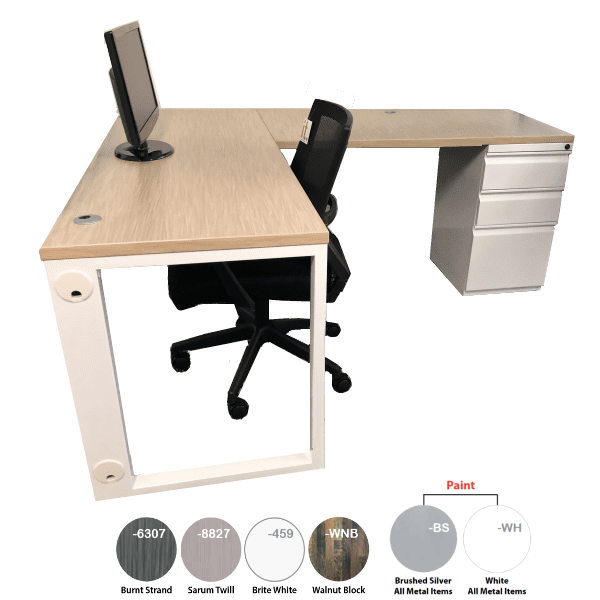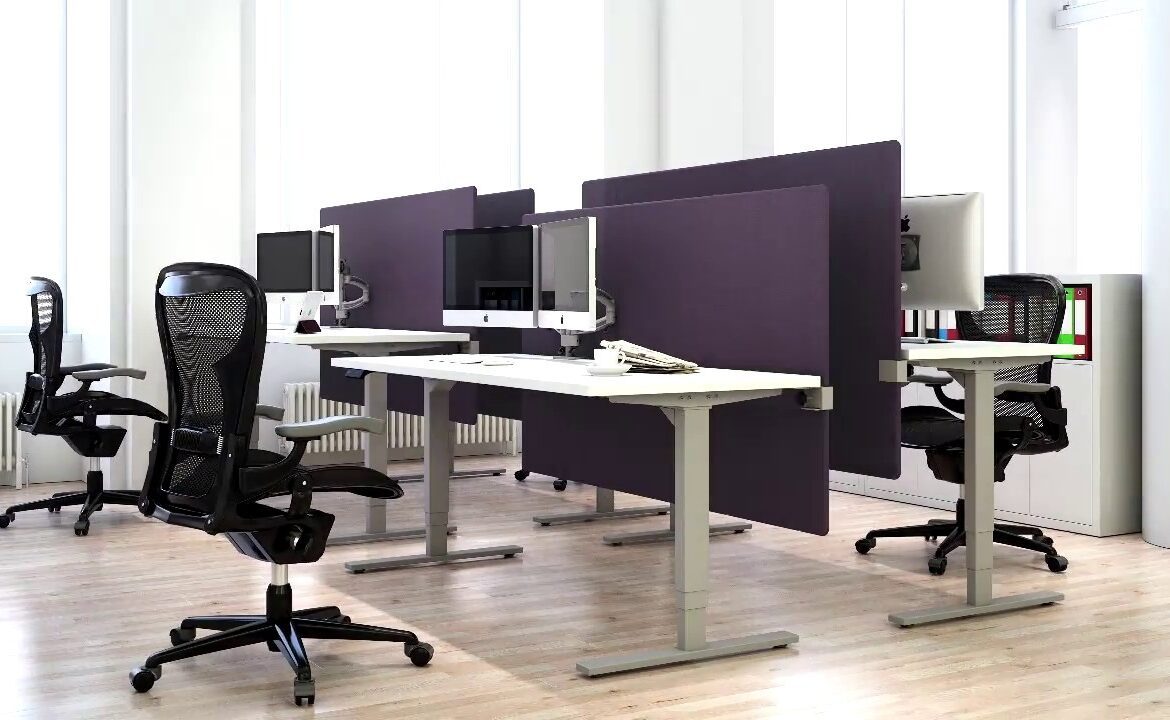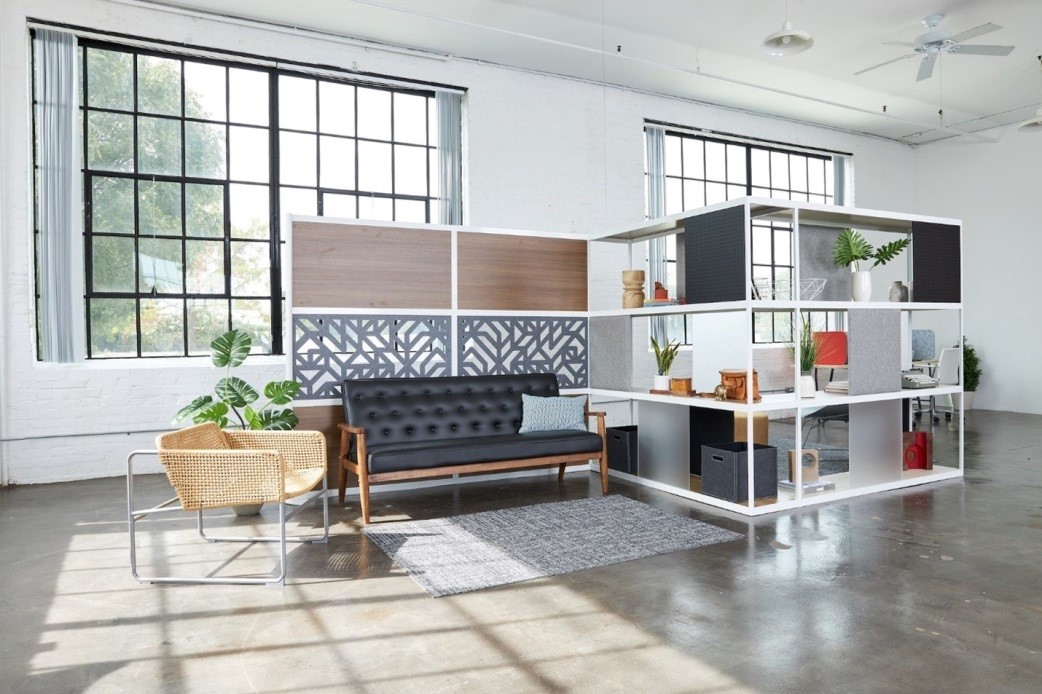Many businesses worldwide are already reconsidering their leases to decrease the floor space for anticipating more remote working possibility for their employees. However, this is temporary, but certainly, offices need space to operate efficiently and safely. Apart from that, every office needs big workstations equipped with technology that employees embrace and create some separation for the video conferencing facility.
COVID-19 has changed the complete idea of the traditional work environment. However, with the normality has started to return, this doesn’t clear the idea of the office space; therefore, employees have to reconsider whether they want to return to the same space. Right now, almost all offices across the world are offering the flexibility of workspaces in terms of work from home or with huge social spaces. Here in this article, we need to discuss what you can expect for the fluid future of a workspace.
From an open seating plan, rows of desks to teams sitting together before the outbreak of the COVID-19 pandemic, traditional offices are designed with the concept of more seats than anything to be functional. Furniture and desks were organized on the premises that affect the productivity and performance and directly related to the time people spend in the office.
In the year 2020, the mass transition of the home office has turned down the thinking of people. Due to the possibility of work from home, managers found that the performance and productivity are not compromised, and even in many cases, they are increased. Since employees enjoy the proper work-life balance that they have never before, their output has increased. According to the research, before the pandemic, more than half of the worker in many countries have never experience the privilege of work from home.
If businesses are willing to retain and attract an engaged and productive workforce, they have to rethink the future of the office. For this, they need to invest in the office space redesign, as in the future when offices reopen with full strength; then it must have all possible facilities and furniture to support the people.
Office spaces in the future need to be efficient enough to manage the rising temperature while balancing the modified demands of the words. Besides, companies need to create an office space with an interior with the help of acoustic material to bring the thermal mass to decrease the energy consumption. Again, there should be the inclusion of pods for workers in the office plan to find some time for the napping, apart from gathering and meeting.
The existing furniture in the company is relatively similar to what we passed 15 years ago; they have been designed with minimum privacy, separation and flexibility in the mind making the office environment highly dense, according to the recent expiration reconfiguration and retrofitting need to done to support the concept of social distancing and lower density. But with the existing furniture, there is a lack of flexibility; therefore, some innovations are needed to be done in this direction by the furniture suppliers.
The majority of companies demand furniture that can support their purpose more than one way by addressing different work styles while meeting the demand for more longevity, resiliency, usability and longevity.
For achieving maximum flexibility in future, it is essential to integrate mobile data or wireless power. The furniture manufacturers are designing an adjustable height table and battery power work station that is completely mobile and stay in charge for 24 hours, with more furniture solutions that offer high agility and work within the office. One thing is quite clear the design of the workstation will leave a significant impact on the company’s overall output. Therefore the office furniture will require offering more optionality for the increased flexibility and ease of mobility.




